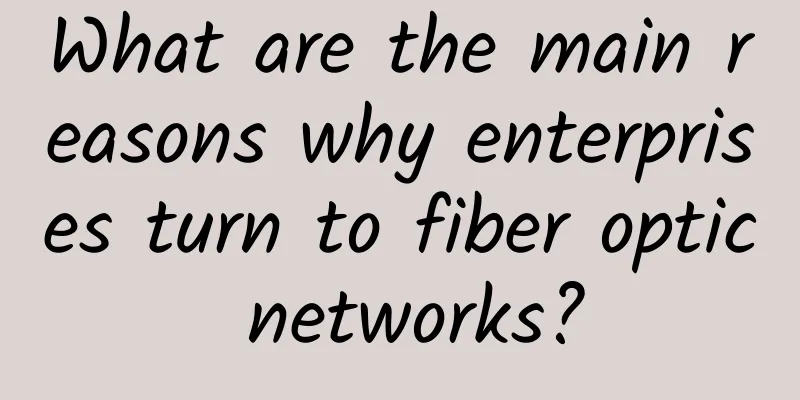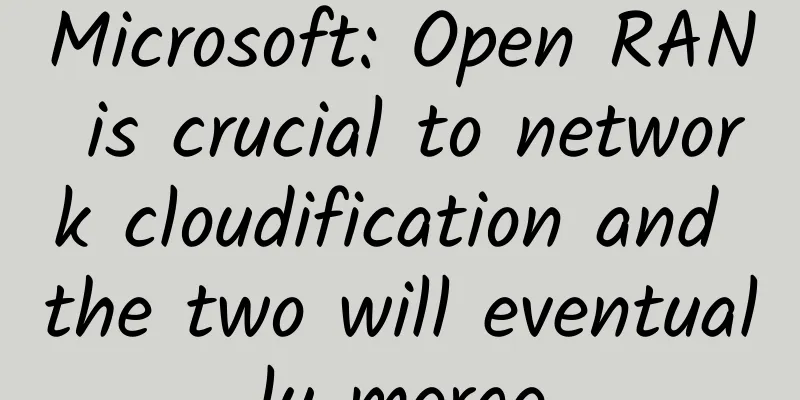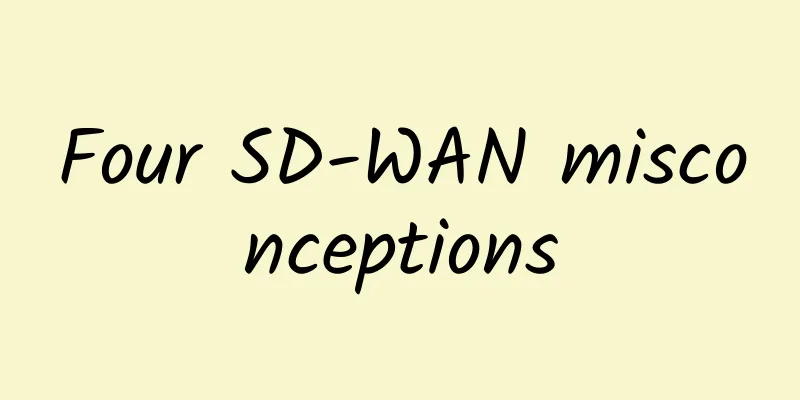What are the main reasons why enterprises turn to fiber optic networks?

|
The invention of fiber optic cables has revolutionized data transmission and helped Internet companies provide high-speed data. In addition, the reliability and performance provided by fiber optic cables are the main reasons why companies choose fiber optic cables. Reliability is keyInternet outages can be damaging to any business. Customers choose those ISPs that can provide reliable service and consistent performance. Copper cabling and outdated support systems for coaxial cables can hinder connectivity many times. Any outage on the Internet costs money, resulting in lost or reduced profits. Fiber optic cables will ensure continuous connectivity with infrequent interruptions. Each customer will have a dedicated line, reducing the possibility of interruptions and helping businesses provide the best service. In addition, copper cables can suffer from defects during harsh climatic conditions, including wind and rain. Moisture can affect data transmission, affecting business. It is not affected by climatic conditions and high temperatures. Therefore, entities with fiber optic networks have nothing to worry about in these situations. High-speed InternetIn this fast-paced world, everyone expects fast responses in all areas. Whether it is sending files over the internet, searching for things in the digital world, or researching a specific topic, everything requires a perfect rhythm. Since the function of fiber optic cables is based on optics or light, the data speed is also higher than other traditional cables. It can reach speeds of up to 100Gbps, although you may not need such high speeds at the moment. Cost-effective network solutionsFiber optic networks are more cost-effective compared to copper cables. If a business wants to increase the data transmission speed, it has to use a larger size of copper cables. Although the cables are a little more expensive than copper cables, the additional positive aspects make it advantageous to choose the same. Fiber optic networks are lightweight and thin, requiring only limited space. Made of non-corrosive materials, these thin cables are strong enough to withstand tensile stress if needed. In addition, an easy and fast installation process saves money and time. Fiber optics provide scalabilityFiber optic cable is scalable. The number of clients, service demands, and bandwidth requirements are likely to increase over time. The most important factor for fiber optic cable is that no additional infrastructure or equipment is required to meet the requirements. Consider the case of a DSL system or any other technology. Internet speed will decrease as the load or number of clients increases. Furthermore, even if additional equipment is installed, it will not provide speeds exceeding (approximately) 200Mbps. Furthermore, the fiber optic network does not require additional maintenance to prevent moisture ingress or additional monitoring in harsh climatic conditions. Providing high durability, the cable will function perfectly throughout the entire period without any problems. Safety and securitySecurity is the biggest concern of every entity. Businesses in the cyber world spend huge amounts of money to prevent intrusions and activities of criminals. Hackers and anti-social elements can take advantage of less secure copper cables to get into the system and extract data about the business. This is another area where fiber optic cables have the highest characteristics. Digging into optical fibers is more difficult and complicated than digging into copper and cables. Therefore, businesses operating in the cyber world are increasingly relying on optical fibers. Apart from the above reasons, broken or defective copper or wires can also cause fires. If not detected and replaced in time, it can cause more damage. Fiber optics are gaining popularity due to the advantages they offer. Businesses around the world that provide exclusive services to customers, Internet service providers, and other entities are switching to fiber optic cables. It has changed the data transmission scenario and made high-speed internet a norm. |
<<: Connecting the World: 5G and Beyond Technology Trends in 2024
Recommend
IDC: Ethernet switch market grows 2%
According to IDC's Worldwide Quarterly Ethern...
Several secrets to protect cabling in green data centers
At present, the degree of enterprise informatizat...
Let’s talk about whether 5G really consumes more power?
[[374504]] This article is reprinted from the WeC...
Alibaba Cloud Procurement Season: ECS cloud servers start at 86 yuan/year, with coupons ranging from 50 to 1,600 yuan
At the beginning of the new year, Alibaba Cloud&#...
HostNamaste: $18/year-1.5GB/30GB/1.5TB Los Angeles & Dallas data centers
HostNamaste is a foreign hosting company founded ...
The new THE PLAN v2 from BandwagonHost, quarterly payment starts from $32.6, available in Japan/Hong Kong/US CN2 GIA, etc.
BandwagonHost has launched a special package call...
The bitterness and helplessness of the three major operators due to repeated delays in 5G packages
In June, the three major operators who obtained 5...
【WOT2018】Recommended search venue reveals the secrets and discusses how intelligent search can improve business value
[51CTO.com original article] In 2018, artificial ...
With this subnet division summary, I know all about subnet mask design~
1. Subnet Division Subnet division is actually th...
FantomNetworks: $39.5/month-E3 1271v3/32GB/512G SSD+2T HDD/10TB/Los Angeles data center
The tribe shared news about FantomNetworks twice ...
The two sessions hotly discussed the sharing economy: shared CDN becomes an enterprise-level benchmark
Ever since Kevin Kelly predicted the bright prosp...
5G is here, and so is mainstream adoption for industrial IoT startups
Making machines communicate with humans is the be...
CloudCone: $15/year KVM-512MB/15GB/5TB/Los Angeles data center
CloudCone is a foreign VPS hosting company founde...
The details of number portability have been announced, but these four types of numbers cannot be ported
Recently, the long-awaited number portability has...









